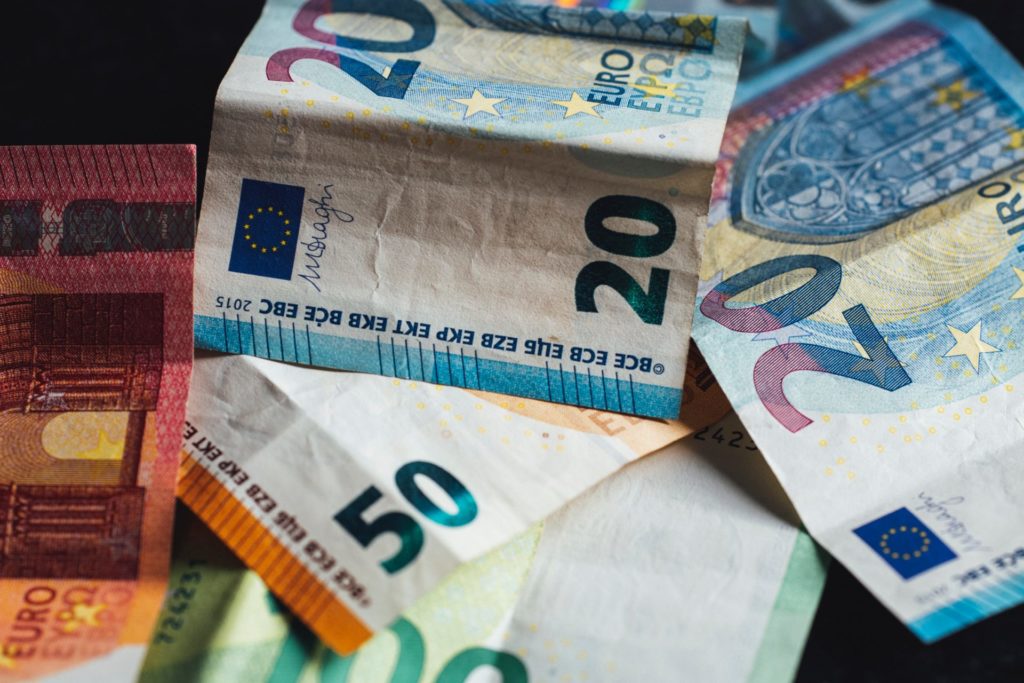There are more euro banknotes in circulation now than ever before, as Europeans derive a sense of safety from hoarding cash amidst the uncertain times of the coronavirus pandemic.
One in fifty Europeans has more than €10,000 in cash on hand, according to reporting from De Standaard.
Hoarding cash during times of turbulence isn’t exactly unexpected, but the increase in people holding onto physical money comes at a time when cash is rarely used as a means of daily payment in the euro area.
The European Central Bank (ECB) has described it as a paradox: more and more banknotes with less and less opportunities to use them.
The value of all euro banknotes in circulation has grown to an estimated €1,435 billion at the end of last year, according to an ECB report.
That’s 11% more than it was at the end of 2019, and the volume of euro banknotes has almost doubled over the course of a decade.
Last year’s increase within that trend was even higher than expected (at 5%) as a result of the global pandemic and the uncertainty surrounding it. The only other time the increase was higher was after Lehman Brothers bank collapsed in 2008, triggering a worldwide banking crisis.
Related News
- Report: Belgian banks are still the best place for tax-dodgers to stash cash
- Coronavirus costs Belgium more than €30 billion
Having the extra crash was an instinct for many European citizens (and businesses), according to the ECB report, who see it as an insurance policy for emergencies. But it doesn’t actually lead to more cash purchases (only a fifth of banknotes in circulation were used as a form of payment last year).
The amount of banknotes people are holding onto varies. A recent ECB survey found that around 2% of people were holding more than €10,000. For 6%, it was between €1,000 and €5,000.
While electronic payments are increasing in prevalence and popularity, cash remains important for small purchases and many businesses.
Three quarters of all purchases under €15 are made in cash. For purchases of €100 or more, that number falls to a third.
Euro banknotes are being used for purchases increasingly in North Africa, the Middle East, and Eastern Europe, as well, not only because they often inspire more trust than local currencies, but also because of a lack of infrastructure needed for electronic payments.
Often, the cash is brought to countries outside the EU by European tourists, then never makes it back to the eurozone. The ECB report also made note that cash is sent from migrants living in Europe back to their families in their home countries.
Helen Lyons
The Brussels Times

